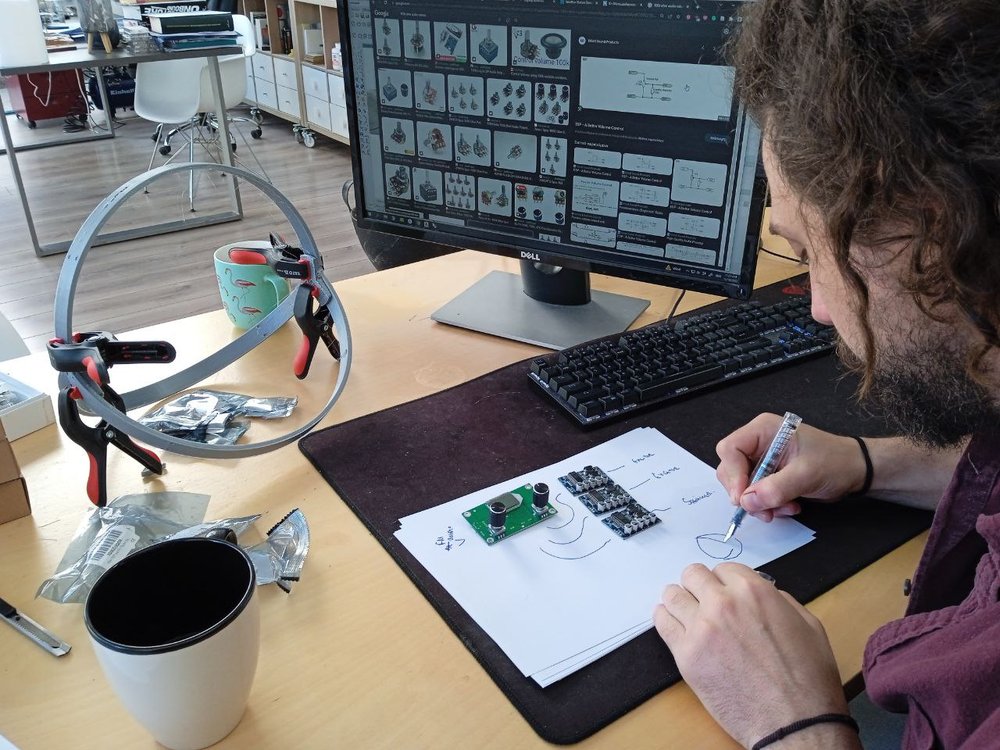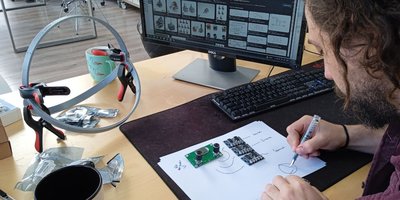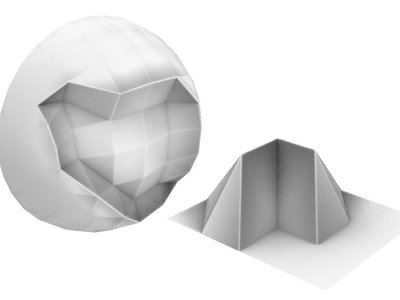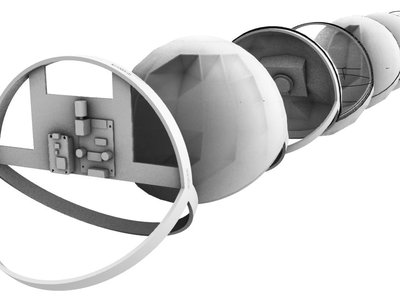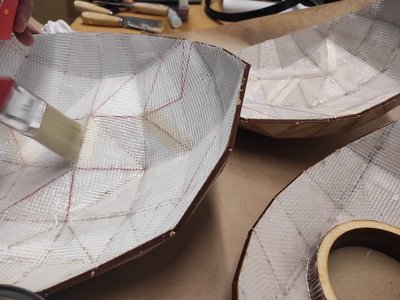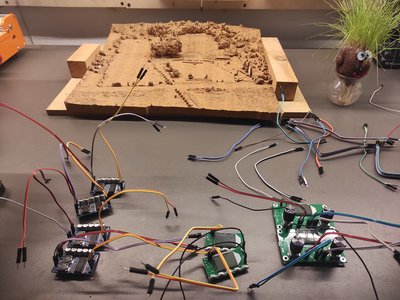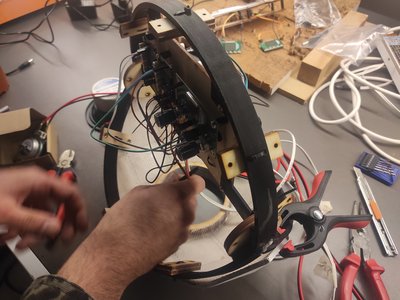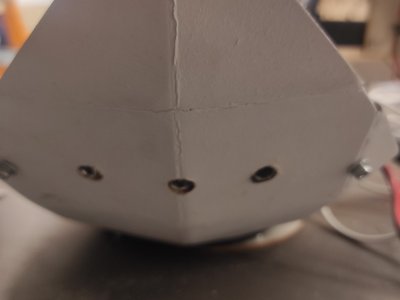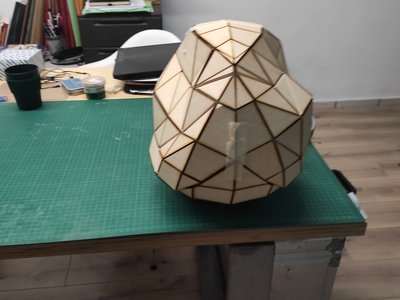Designer statement
The construction of “Tangible Radio” was based on applied design practices mainly on the design traditions of "inclusive design", "universal design" and "design for all", and more particularly to their effective application and their critical comparison. The design approach avoided relying on standards and guidelines, thus advocating design as a tool to create a dynamic relation with the user. A typical pitfall that generic design approaches tend to fall into, Is that, when following expected methodologies during the design process, without actually meeting the requirements of all the targeting user groups or, on the contrary, not meeting the needs of the other groups, making a design ineffective for all.
On the other hand, design process that takes user participation into account systematically has often proved to be effective. However, difficulties on the process are expected, particularly when the user group is diverse culturally, neurophysiologically, or otherwise. During the design and use process, issues arise concerning exclusion of users. These can arise for disabled people or people regarded as able-bodied or neuro-typical (in our case Deaf, deaf, hard-of-hearing, hearing), at all levels of use to anyone.
In the design process, exclusion is often treated as a “necessary evil” phenomenon. The need for diversity in design -aural diversity in this case- and avoidance of exclusion, highlights the specificity of each subjectivity, i.e. how one perceives stimuli, depending not only on the physiology and function of one's sensory organs but also on cultural background and personal experiences. In this case, this is the reason we decided to embed in the device both a set of transducers, attached to each side surface of the artifact, and a conventional (cone) speaker at the base.
Inclusion policies cannot be limited to vulnerable social groups, but involve a holistic process and therefore the possibility of changing the ethics of design by creating multimedia objects and easily accessible features in them, at a universal level regardless of the medium and field (auditory, visual, spatial, etc.)
Thus, the methodology of radio design/construction was based on the theories of acoustics, ambiences, prototyping and object design and primarily on the methodology of “research by design”, which is a research methodology for design that involves putting forth a design product (in this case the "Tangible Radio" artifact) and elicit answers for its amelioration by observing, interrogating, participating in its application on the field of study. By understanding and integrating sound in its various forms and diffusion media on the early stages of design, we explored how to respond to issues of scale, shape, materiality and use.
As a result, the goal of the device was the design and construction of dynamic communication and expression of the user through the generation of vibrations and/or sound and the passive acoustic properties that the construction creates and at the same time be accessible to all users or, at least, to the widest neurodiverse or aurally-diverse spectrum possible.
Expectedly, during the design process of an object, there is a dynamic feedback relationship, necessities arise to readjust and parameterize the approach to it and especially when the project has a simultaneous educational and didactic character. Therefore, hourly workshops of the working group with the school children had to be formed along with seminars and parallel workshops in order to approach the 'tools' and 'methods' of communication.
The first mockups of the radio were constructed through 3D Nerbs modelling software and with the help of parametric design applications. Through the building process, different configurations were tested regarding the electromechanical aspects all influenced by DIY culture. The act of rapid prototyping by creating a physical model quickly in order to produce the gap between the project and its execution providing with a direct tangible (απτο) outcome that can immediately be used by the expected users without aiming at the final outcome but the action itself. Of course, different configurations were tested material-wise. The interaction of different materials with the transducers was experienced by all individuals in the research group. Glass, liquids, building materials, ceramics, metal plates and more. Though, the choice of the wooden shell was made due to the durability of the material along with its response to the widest vibration spectrum.
The electromechanical parts consist of two radio receivers, four mono audio amplifiers, three exciters/vibrating speakers and one woofer speaker (as well as a lot of wire and soldering). In this way, it is possible to group two sets of independent receiving radio transmissions playing simultaneously. The shell is constructed by laser cutted plywood of 3mm thickness by the method of unfolded geometry, which is supported together by a plastic net reinforced with liquid resin. The tangible radio is controlled through a controller that is consisted of two FM transmitters.
December 2022
Petros Flambouris
Designer team
Petros Flabouris
Petros is a freelance architect who maintains his architectural office in Volos, Greece, specialising in architectural design, and the AASA non-profit organisationzation, whit focuses on educational applications.
He Studied Applied Arts (BA) and Architecture (BArch, MSc, MArch) in Greece and in Scotland and is currently a PhD candidate in its Department of Architecture, University of Thessaly (SD+ΒE Lab). His thesis is related to new research perspectives of sound environments through the application of the soundscape.
His research interests (academic and artistic) lie in the fields of architecture, architectural acoustics, as well as other key conjuncture points between spatial design and sound studies. He has participated in publications and workshops, including the 10th CRESSON Winter School, "Sound Spaces in Waiting" (Grenoble and Volos, 2022), in which he facilitated the parallel workshop on "social, spatial and environmental vulnerability" and sound, and explored accessible public space accessibility through vibro-tactile and haptic applications.
He is a member of the Technical Chamber of Greece, of EL.IN.A (Hellenic Institute of Acoustics), and the E.A.A (European Acoustics Association).
Giorgos Mizithras
Giorgos is a musician and creative programmer, active both as composer and performer in the fields of acousmatic music, improvisation, live electronics, and music for theater performances and audiovisual installations. His current artistic research focuses on in the application of media archeology concepts to sound art and music, with the conversion and transformation of transmission, storage and reproduction media as devices of artistic expression.
He studied at De Montfort University's Department of Music Technology and Innovation (Leicester); graduate in the dept. of Composition field of Ionian University's Music Studies department, and the "Music Technology" postgraduate programme of the dept. of Musicology of the National Kapodistrian University of Athens.
Since 2021, he is a PhD candidate in the Department of Music Studies of the Ionian University with PhD thesis topic: "Music with Altered Media: Artistic Practices for Audio Storage, Reproduction and Transmission Media in the Post-Digital Era".
He is a member of the experimental music group Trigger Happy, with concerts both in Greece and abroad (e.g. "Irtijal '19 Festival", Beyrut, 2019; "Borderline Festival", Athens, 2019; "Rhubaba" Gallery (Edinburgh, 2018). He is a key member of KE.Di.Mu.Ra collective, which runs the online radio art station loskop.radio.
Orestis Karamanlis
Upon completing a PhD in electroacoustic composition, Orestis has been active in composing new music and lecturing in the academia. Currently an Assistant Professor at Athens University, he has produced a diverse body of sound-art and new media work which is frequently performed in concert venues and urban spaces. orestiskaramanlis.net.
